“When you’re sad and when you’re lonely and you don’t have a friend / just remember that death isn’t the end.” Bob Dylan sang in 1988offering listeners a heartwarming reminder that mystery awaits us after our time on Earth.
Fittingly, the Rubin Museum of Art’s new exhibit shares the song’s title and its central message.
On view until January next year, “Death is not the end” examines representations of the afterlife through the art of Tibetan Buddhism (the theme of the museum) and Christianity. It’s an idea that both religions share a fascination with, even though they otherwise differ in many ways.
“I wanted to show the universality of this subject,” exhibition curator Elena Pakhoutova told Artnet News. “My intention was to pair the most familiar cultural framework in the United States, Christianity, with a lesser-known Tibetan Buddhism, so that visitors could see the consistent investigation of these themes across cultures and time periods – the will to continue to exist and to refute the permanence of death with the belief that there is something after.
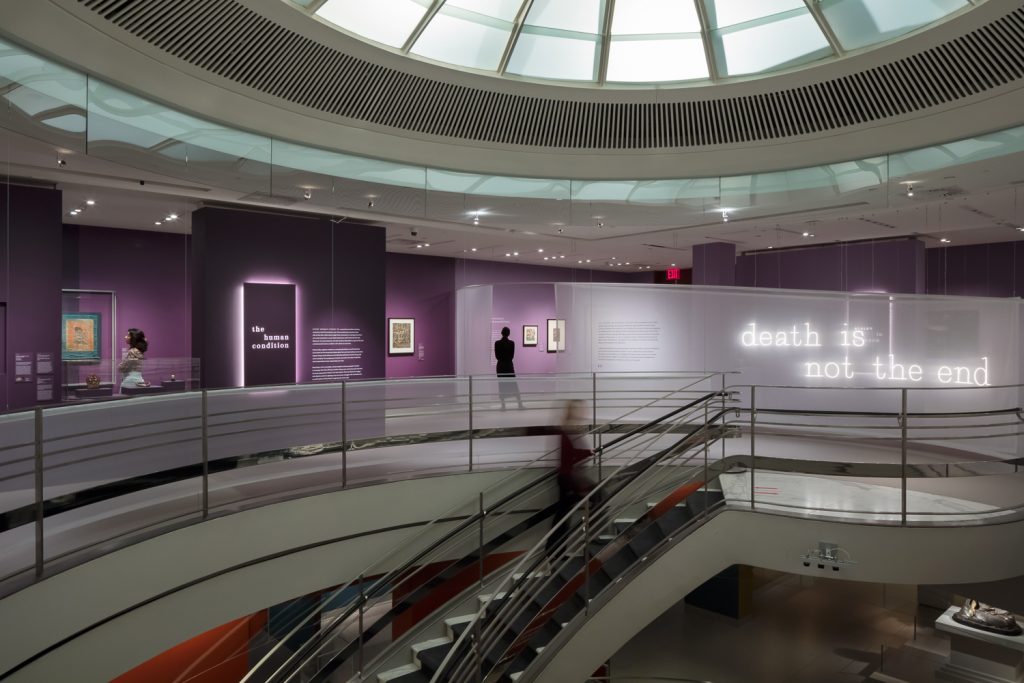
Installation view of ‘Death Is Not the End’, at the Rubin Museum of Art. Photo: David de Armas. Courtesy of the Rubin Museum of Art.
Pakhoutova’s display includes paintings, prints, illuminated manuscripts, ritual objects, and dozens of other items that collectively span 12 centuries. They are organized into three themes: “The Human Condition”, “Intermediate States” and “(After) Life”.
As an experiment, the curator explained, the show is both weighty and hopeful.
“The themes of the show, death and the afterlife, can be difficult to think about, both emotionally and intellectually, Pakhoutova said. “Among the emotions that I imagine visitors would feel would be grief, fear, uncertainty, surprise, curiosity.”
But, she continued, “as they move through space, I hope they feel lighter and hopeful when they leave, because so much of the show is about also of life, of living a good and conscious life.”
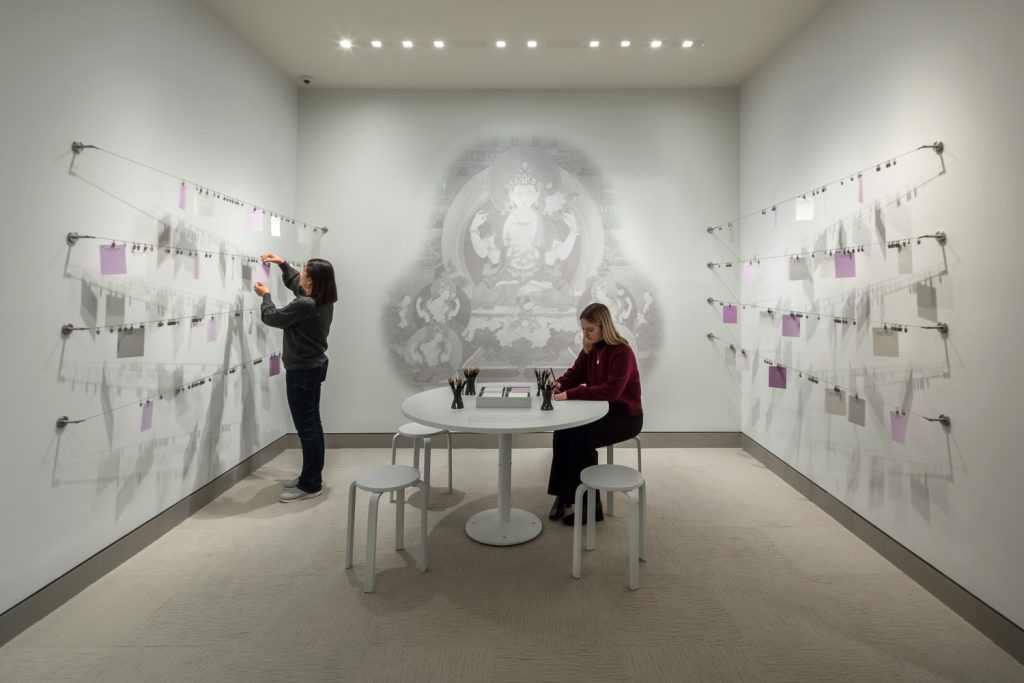
Installation view of ‘Death Is Not the End’, at the Rubin Museum of Art. Photo: David de Armas. Courtesy of the Rubin Museum of Art.
This feeling is also carried over into the design of the show. At the start is a box of sand where visitors are encouraged to write down something they have lost and then rake it up. From here, the walls of the gallery gradually lighten, and towards the end of the exhibition is a partition made entirely of fabric.
This last structure impliesthat there is something beyond the veil,” the curator noted. “The two portals it creates indicate a transitional space, indicating that this is not the final destination.”
Pakhoutova didn’t mention Dylan’s song, but she did mention a related quote, one so universal that it’s been attributed (wrongly, in most cases) to figures as varied as John Lennon, Oscar Wilde and Fernando Sabino. (The actual origin of the quote remains the subject of debate.)
“Ideally, when [visitors] come out of the exhibition, I want them to think about these famous phrases: “In the end, it’s going to be fine. If it’s not right, it’s not the end,” Pakhoutova said. “We could have used it as an unofficial subtitle for the exhibit.”
See more images from “Death Is Not the End” below.
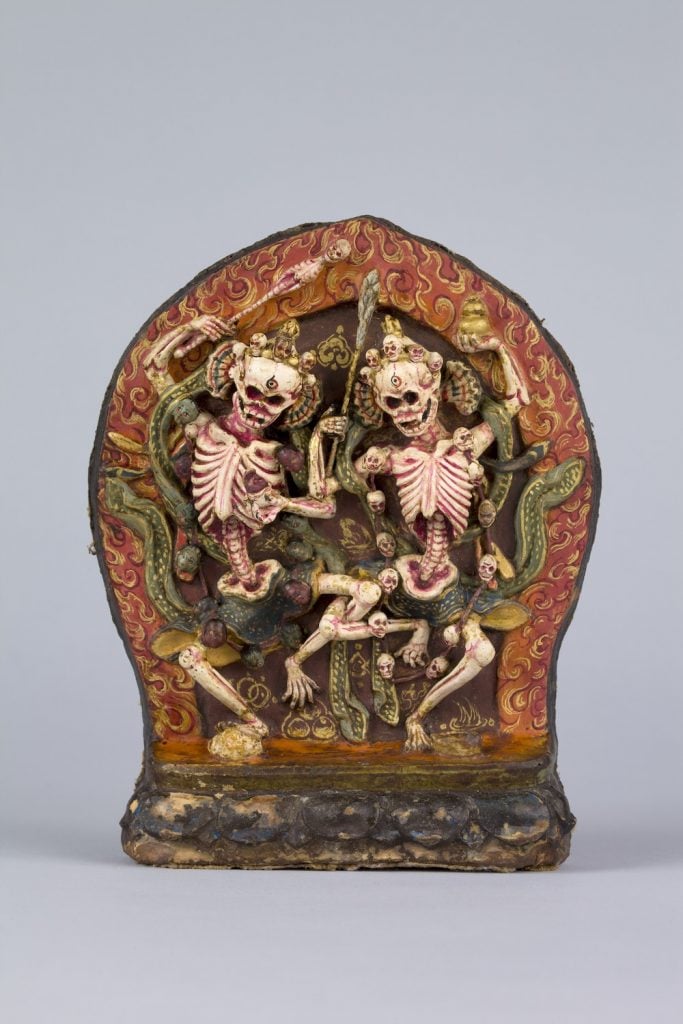
Charnel Lords, Tibet (18th century). Photo: David De Armas, courtesy of the Rubin Museum of Art.
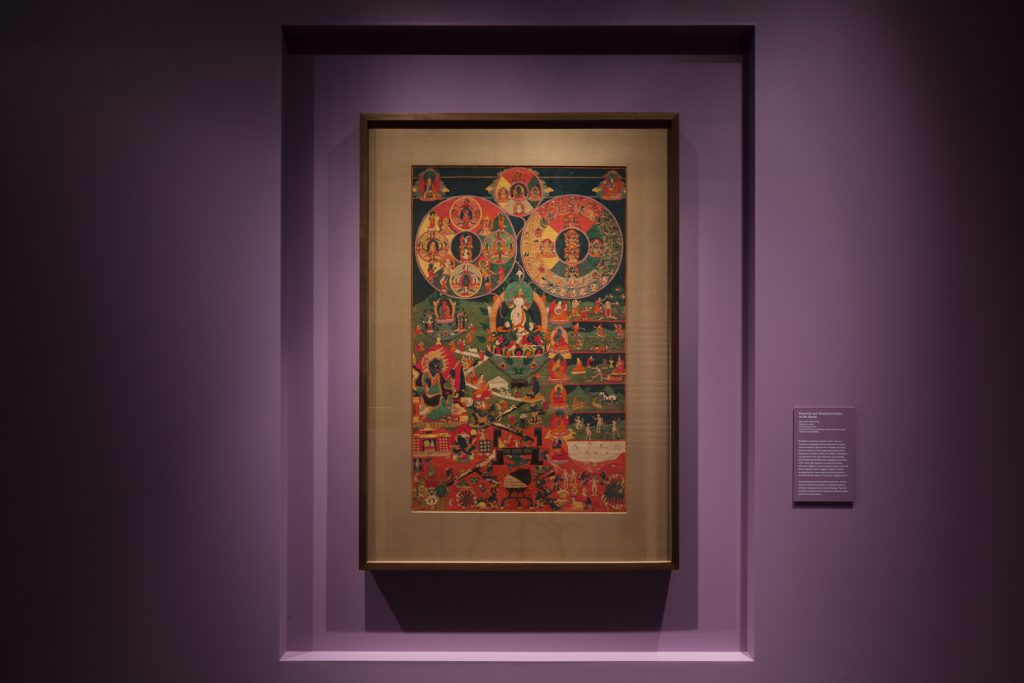
Peaceful and wrathful deities of the Bardo, Tibet (18th-19th century). Photo: David de Armas, courtesy of the Rubin Museum of Art.
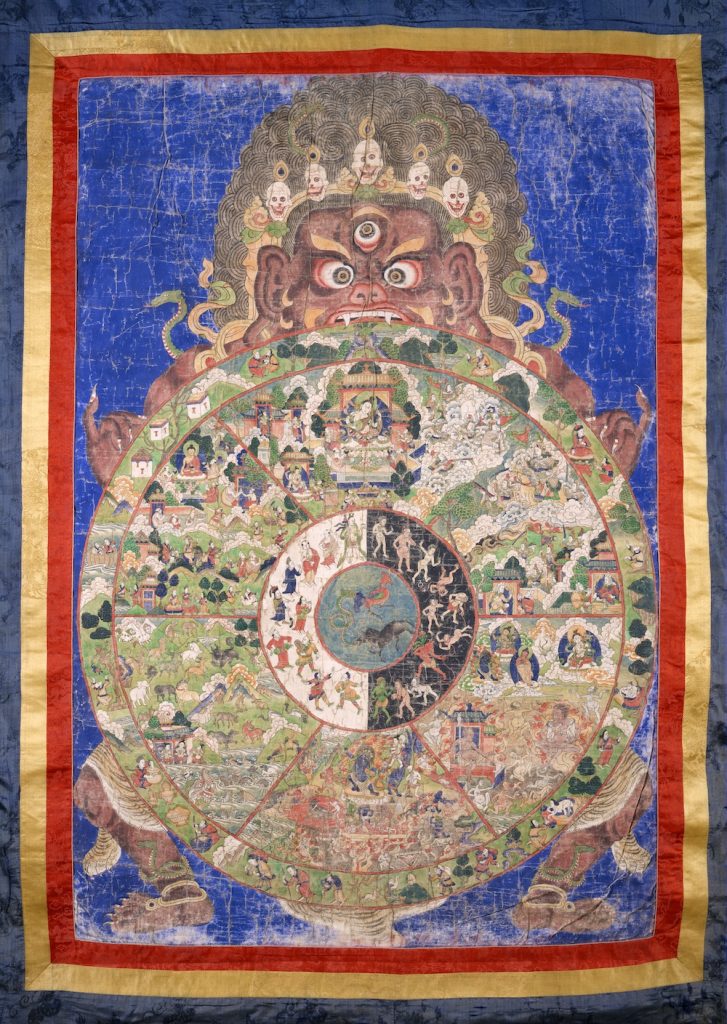
The wheel of life, Tibet or Mongolia (19th century). Photo courtesy of the Rubin Museum of Art.
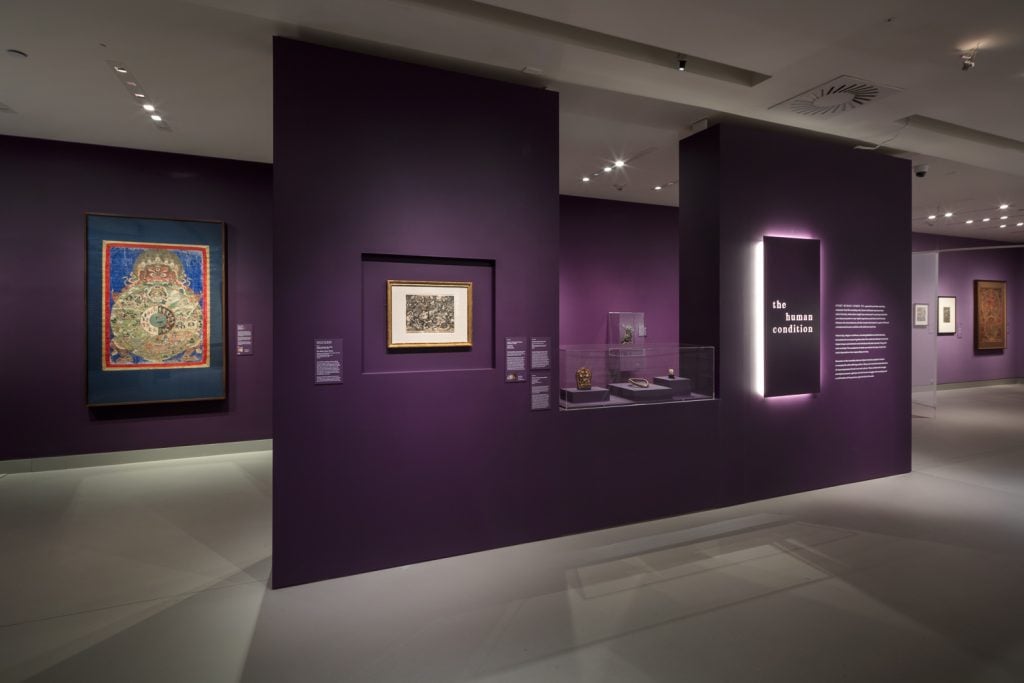
Installation view of “Death is Not the End”, at the Rubin Museum of Art. Photo: David de Armas, courtesy of the Rubin Museum of Art.
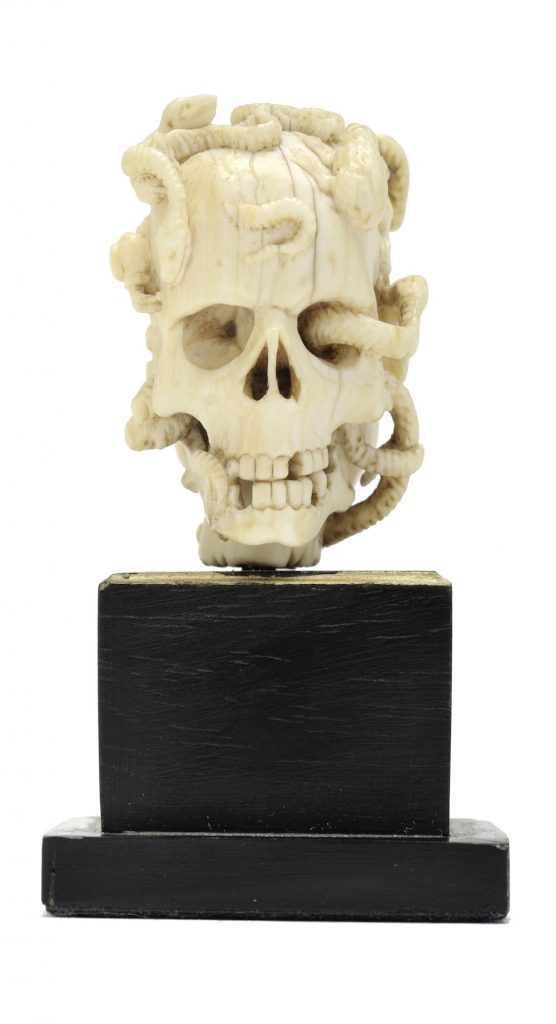
Memento mori rosary, Germany or the Netherlands (circa 1500-1550). Photo courtesy of the Rubin Museum of Art.
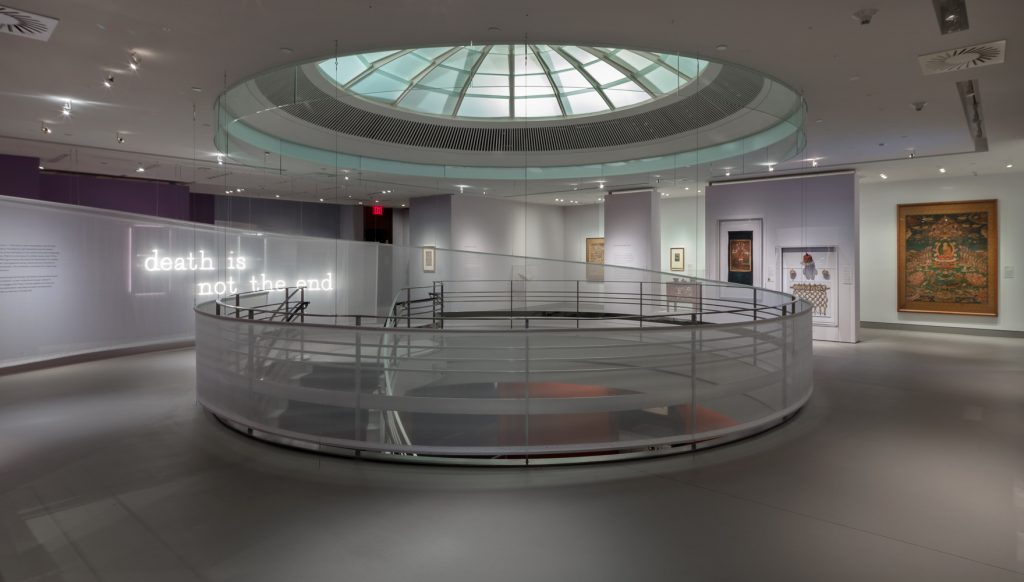
Installation view of ‘Death Is Not the End’, at the Rubin Museum of Art. Photo: David de Armas, courtesy of the Rubin Museum of Art.
“Death is not the endis on display at the Rubin Museum of Art, 150 W 17th St, New York, through January 14, 2024.
Follow Artnet News on Facebook:
Want to stay one step ahead of the art world? Subscribe to our newsletter to receive breaking news, revealing interviews and incisive reviews that move the conversation forward.
